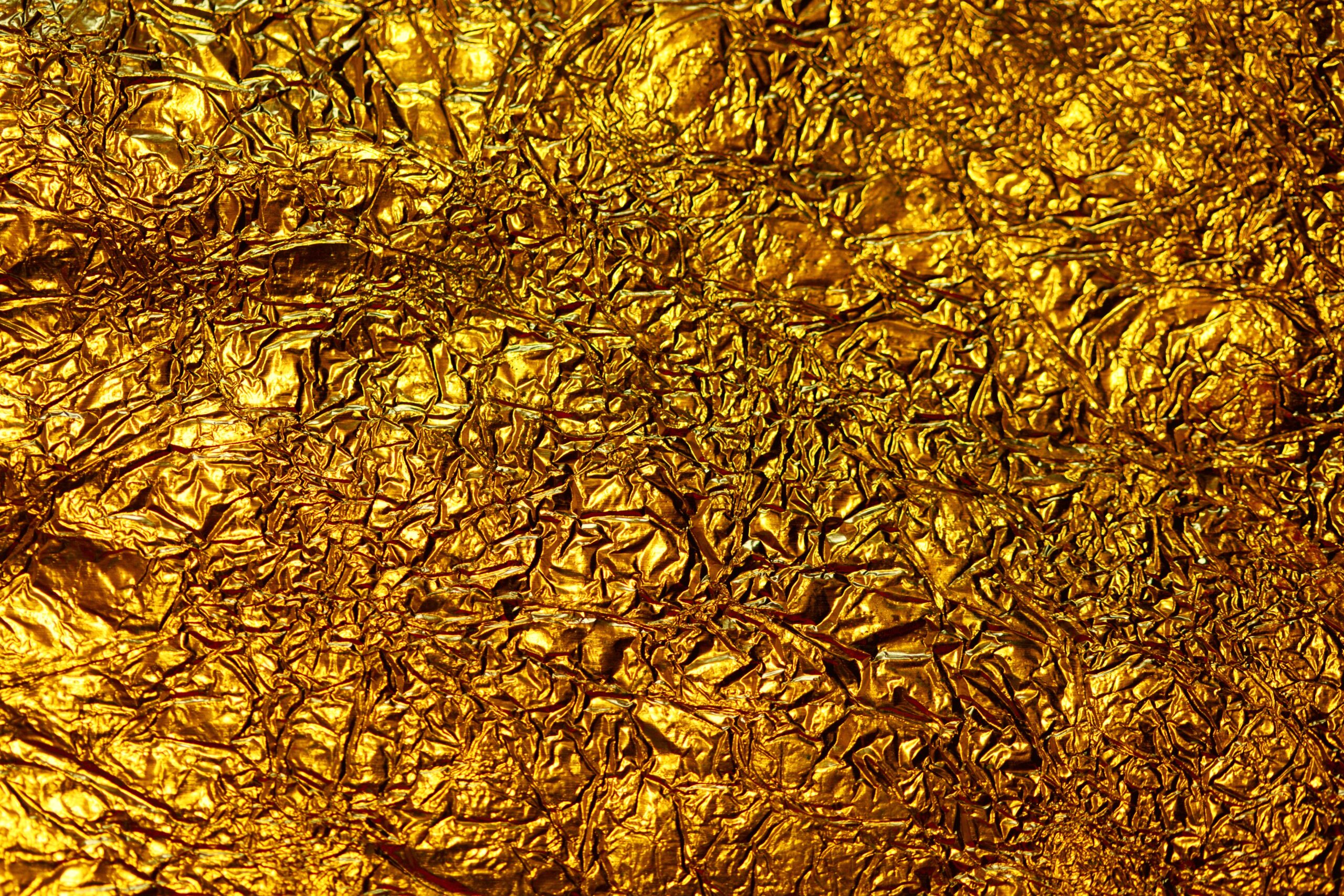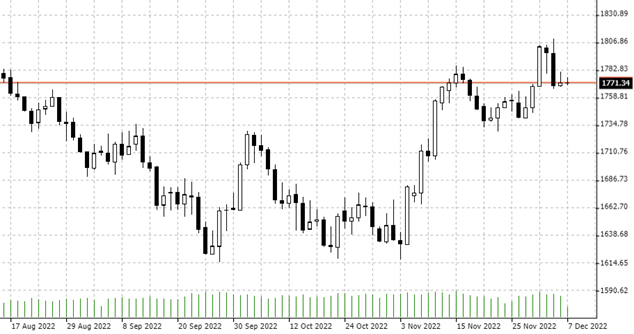

07.12.2022 – An outrageous thesis from Switzerland: Star analyst Zoltan Pozsar from Credit Suisse believes that a gold price of 3,600 dollars is possible. And that, in his opinion, has to do with petroleum.
The expert, who believes that commodities will dictate the new world order in the future, draws a wide arc from oil to gold, which you can see here in the daily chart.

Source: Bernstein Bank GmbH
For example, Pozsar wonders what will happen once the U.S. has siphoned off its Strategic Petroleum Reserve (SPR). Specifically, “Now that SPR releases are over, production cuts by OPEC+, re-routing [of Russian crude oil from Europe to Asia], and price caps (not to mention the risk of China re-opening due to protests), the question for the U.S., becomes what to do with the SPR?” he says. Release more? Refill?”
U.S. oil reserve depleted
In fact, the SPR has reached its lowest level since 1984. The U.S. government had tapped the reserves to fight inflation. In September, U.S. President Joe Biden had announced that the reserve would be replenished once oil prices fell below $80. In October, the White House lowered the advised purchase price – now it said it would be replenished at a price of $67 to $72 per barrel of WTI. Pozsar considers this target unrealistic, as OPEC+ has not expanded its capacity.
Then the expert pointed to the factor of Russia – the country already sells its oil at a discount of 30 dollars to Brent. Russia, he said, was thus selling at $60 – about the price of a gram of gold.
Russia’s possible gold move
Since Moscow has no interest in India, for example, buying oil cheaply in Russia and then selling it on to the U.S. at a high price in order to fill the SPR salt domes on the U.S. Gulf Coast, Russia could come up with the idea of having its oil paid for in gold in the future.
If Russia then countered the West’s price cap with a loss-leader offer, it would become interesting for gold. Specifically: “But if the West is looking for a bargain, Russia can give one the West can’t refuse: ‘a gram for more’. If Russia countered the price peg of $60 with offering two barrels of oil at the peg for a gram of gold, gold prices double.”
A win-win situation for Russia: “And most important, gold going from $1,800 to close to $3,600 would increase the value of Russia’s gold reserves and its gold output at home and in a range of countries in Africa. Crazy? Yes. Improbable? No.”
The analyst’s conclusion from all this is that a link of oil and gold would bring back the precious metal as a settlement medium and dramatically increase its intrinsic value. We are curious to see if this price link will actually happen – and wish successful trades and investments!
__________________________________________________________________________________________
The content of this publication is for general information purposes only. In this context, it is neither an individual investment recommendation or advice nor an offer to purchase or sell securities or other financial products. The content in question and all the information contained therein do not in any way replace individual investor- or investment-oriented advice. No reliable forecast or indication for the future is possible with respect to any presentation or information on the present or past performance of the relevant underlying assets. All information and data presented in this publication are based on reliable sources. However, Bernstein Bank does not guarantee that the information and data contained in this publication is up-to-date, correct and complete. Securities traded on the financial markets are subject to price fluctuations. A contract for difference (CFD) is also a financial instrument with leverage effect. Against this backdrop, CFD trading involves a high risk up to the point of total loss and may not be suitable for all investors. Therefore, make sure that you have fully understood all the correlating risks. If necessary, ask for independent advice. CFDs are complex instruments and are associated with the high risk of losing money quickly because of the leverage effect. 68% of retail investor accounts lose money trading CFD with this provider. You should consider whether you understand how CFD work and whether you can afford to take the high risk of losing your money.7
